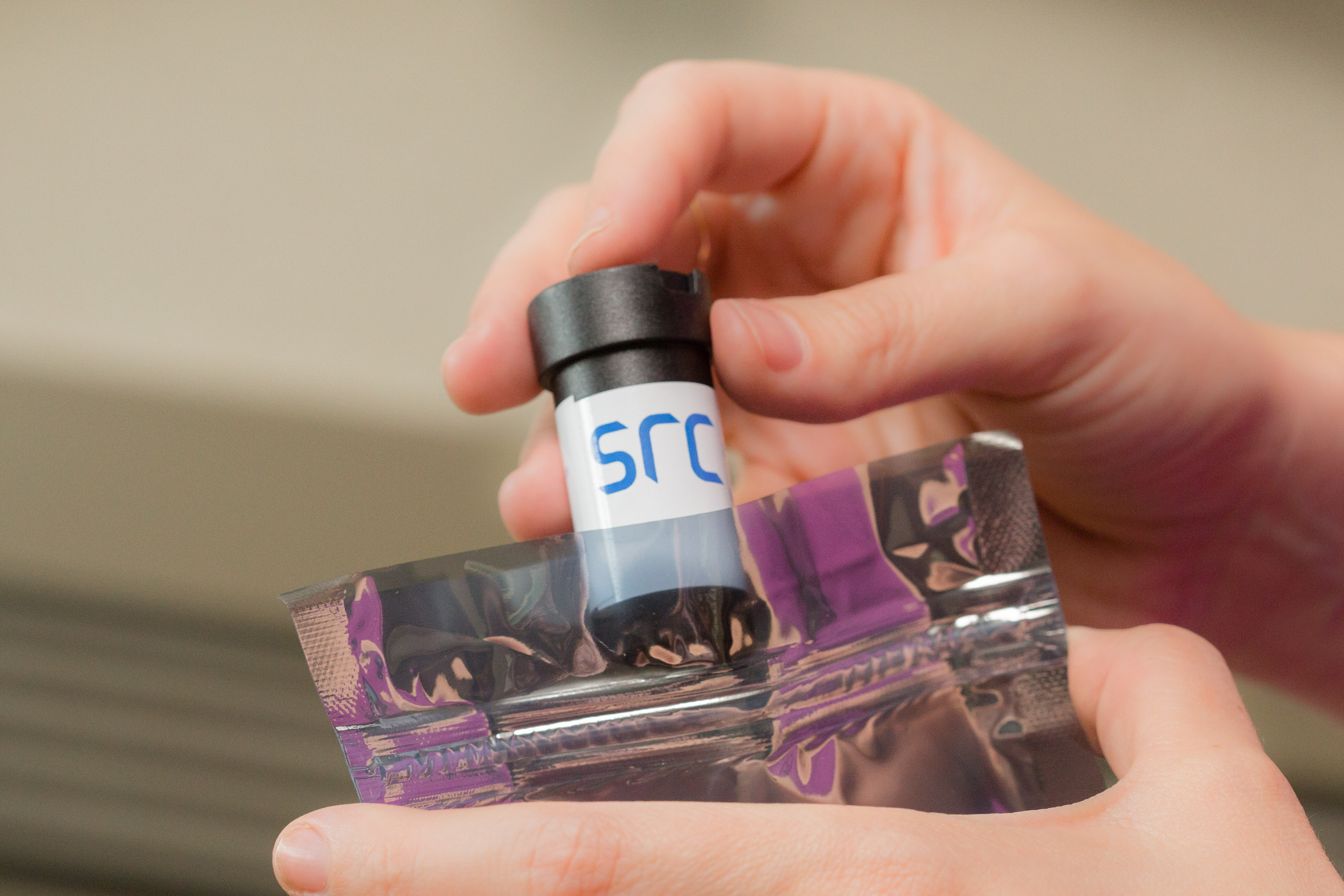People believe their homes are safe and indeed, they should be. Over time, standards and building codes have evolved to improve the safety of our housing. Looking back several years, many of the safety features in modern homes were not always there. Things like smoke detectors, alarm systems and carbon monoxide detectors are now commonplace, even the law, in many residential and commercial buildings. But there are still lesser known risks in our homes, like radon. As the second leading cause of lung cancer, the presence of radon in a home poses a safety issue that can be readily dealt with in many cases. As many people have not even heard of radon (and it’s not something you can see, taste or smell), the challenge lies in building awareness about the importance of testing among the general public.
Various provincial Take Action on Radon (TAOR) coalitions across Canada have been working to raise awareness about the importance of radon testing. The Saskatchewan coalition has been particularly active and has had good success with several initiatives. Awareness is slowly building as evidenced by increased amounts of testing. Still, testing rates overall remain quite low, even though radon testing is simple and cheap. For example, compared to installing a carbon monoxide detector, a radon detector is less invasive and is priced about the same (sometimes cheaper).

Working with schools to raise awareness

To help build awareness, the TAOR Saskatchewan coalition developed the Little Lungs Project (the project started as an idea from Keith Hanson, a champion in our community for raising awareness about radon). The initial idea was to test a significant number of Saskatchewan homes by partnering with schools and school boards to help deliver a large-scale testing program. One of the unique features of such an approach is that it targets homes populated by those most vulnerable to radon concentrations (i.e., children – or those with “little lungs”). The other idea was that the program could take advantage of distribution and communication networks that already exist within school systems.
The project was rolled out in Saskatoon last fall and winter. The directors of the two main school divisions in the city provided fantastic support for the program. Superintendents from the school divisions worked directly with the TAOR “little lungs committee”. This support helped significantly with communication about the program, getting students involved, organizing a media kick-off within a school facility and arranging student involvement with this kick-off. It’s really key to have partners that are supportive and firmly believe in the benefits of the program.
a collective effort
Saskatoon businesses also contributed financially through sponsorships, which helped to offset some of the administrative costs of running the program. SRC Environmental Analytical Laboratories supported the program by providing the testing service and radon detectors at a significantly reduced rate. Although affordability is an important consideration for many families, one of the things to note about dramatically reduced testing costs is that it seems to reduce the perceived value and importance of testing. For example, SRC Environmental Analytical Laboratories has noticed that most radon detectors we’ve given away for free in various promotions were never returned to the laboratory for testing.
The provincial lead for the program was the Lung Association of a Saskatchewan, a charity with a mission to promote healthy lungs for everyone. Through their expertise in program delivery and design, the TAOR Saskatchewan coalition was able to launch this program in Saskatoon schools. They got children directly involved with various aspects of the program, such as showing them where to place the detector in the home and having two students demonstrate at the media launch how easy the testing process is. At the media launch, the students had a lot of questions about radon and shared their concerns about lung health.
Reflecting on the goals and results of the program, it is fair to say that not as many homes were tested as originally envisioned. However, I believe the program’s success lies in the level of awareness that was generated. In our eyes, even one more house tested for radon is a win. Every house counts.
continuing to build awareness
Awareness is a difficult thing to measure, as the Little Lungs program has had ripple effects beyond the scope of our primary audience. There were people, such as grandparents, relatives and family friends, that became aware of radon testing through the program and decided to test for radon on their own. Also, awareness among a younger generation makes them more likely to test when they become homeowners.
SRC Environmental Analytical Laboratories has tested for radon in indoor air for over 28 years. During that time, we have seen the demand for testing gradually increase. In large part, programs like the Little Lungs Project help to build this awareness. Partnering with schools was a fantastic idea that will likely have benefits beyond the initial surge in testing. Initiatives such as this one that target larger segments of the population are especially helpful in raising awareness and contributing to the safety of our homes and families.
Related information
- Buy a Radon Test Kit (link to the Lung Association of Saskatchewan)
- Watch Radon: What is it and how to test your home
- Radon Testing fact sheet
- SRC Environmental Analytical Laboratories
- Radon: Is it in your home?
- Are High Levels of Radon Lurking in Your Basement?
